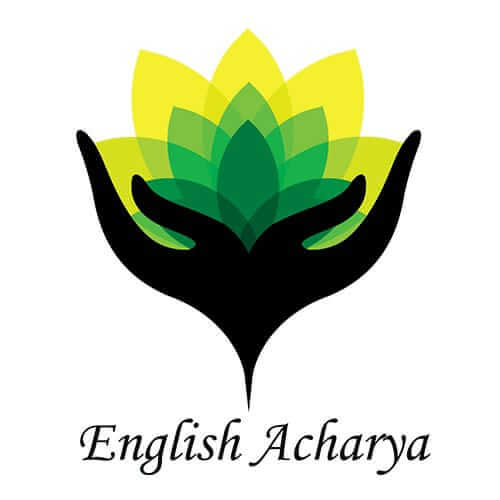
CBSE & CGBoard Syllabus Objective
CBSE और CGBoard के सिलेबस का उद्देश्य है कि विद्यार्थियों को व्यापक ज्ञान और समझ प्रदान करें, उनकी प्रतिभा को विकसित करें, उन्हें प्रगतिशील और सामाजिक रूप से जागरूक बनाएं, और उनके मनोबल को बढ़ाएं।
English Class 1 to 4
Objective - CBSE/CGBoard
Class 1 and 2:
1. Introduction to the English alphabet, phonics, and basic vocabulary.
2. Listening and speaking activities such as rhymes, songs, and simple conversations.
3. Reading short stories and passages with comprehension questions.
4. Introduction to basic grammar concepts such as nouns, verbs, and adjectives through activities and games.
5. Writing simple sentences and short paragraphs with guidance.
Class 3 and 4:
1. Continued vocabulary building with emphasis on sight words, word families, and context clues.
2. Reading short stories, poems, and informational texts with comprehension exercises.
3. Introduction to grammar concepts such as sentence structure, punctuation, and parts of speech.
4. Writing activities including journal entries, creative stories, and descriptive paragraphs.
5. Speaking and listening exercises including role-plays, discussions, and presentations.
English Class 5 to 8
CBSE/CGBoard
Class 5 and 6:
1. Expanded vocabulary building and understanding of word meanings in context.
2. Reading and analyzing longer texts such as novels, biographies, and plays.
3. Grammar lessons covering more complex sentence structures, verb tenses, and sentence types.
4. Writing compositions, essays, and formal letters with attention to organization and coherence.
5. Introduction to literary devices and elements of fiction, poetry, and drama.
6. Speaking and listening tasks including debates, interviews, and storytelling.
Class 7 and 8:
1. Advanced vocabulary development and word analysis skills.
2. In-depth study of literary genres including short stories, poetry, essays, and excerpts from classic and contemporary literature.
3. Grammar focus on syntax, voice, mood, and advanced punctuation.
4. Writing tasks emphasizing persuasive, expository, and narrative writing.
5. Critical reading and analysis of texts for themes, characterization, and literary techniques.
6. Speaking and listening activities to develop fluency, pronunciation, and presentation skills.
Maths Class 1 to 4
CBSE/CGBoard
Class 1 and 2:
1. Number system: Understanding numbers from 1 to 100, counting, and basic operations (addition, subtraction).
2. Basic shapes and geometry: Identifying and describing basic shapes (circle, square, triangle, rectangle), understanding simple geometric concepts.
3. Measurement: Introduction to measurement of length, weight, and capacity using non-standard units.
4. Patterns and sequencing: Recognizing and creating simple patterns and sequences.
5. Time: Introduction to telling time using analog clocks, understanding hours, minutes, and basic concepts of time duration.
Class 3 and 4:
1. Numbers and operations: Place value, addition, subtraction, multiplication, and division of numbers up to three digits.
2. Fractions and decimals: Introduction to fractions, comparison, addition, and subtraction of fractions and decimals.
3. Geometry: Identification and classification of 2D and 3D shapes, understanding symmetry and basic properties of shapes.
4. Measurement: Measurement of length, weight, capacity, and time using standard units.
5. Data handling: Collection, organization, and interpretation of data using tables, graphs, and charts.
Maths Class 5 to 8
CBSE/CGBoard
Class 5 and 6:
1. Whole numbers and decimals: Operations with whole numbers and decimals, place value understanding.
2. Fractions: Addition, subtraction, multiplication, and division of fractions, understanding equivalent fractions.
3. Geometry: Properties of triangles, quadrilaterals, circles, and their measurements, introduction to area and perimeter.
4. Measurement: Conversion between different units of measurement, understanding area and perimeter.
5. Patterns and algebra: Introduction to basic algebraic concepts, patterns, and sequences.
6. Data handling: Organizing and representing data using frequency distributions, bar graphs, and line graphs
Class 7 and 8:
1. Rational numbers: Operations with rational numbers, including positive and negative integers, fractions, and decimals.
2. Algebraic expressions and equations: Simplification of algebraic expressions, solving linear equations, and understanding algebraic identities.
3. Exponents and powers: Understanding exponents, laws of exponents, and their applications.
4. Geometry: Properties of angles, lines, and polygons, understanding congruence and similarity.
5. Mensuration: Calculation of surface area and volume of 3D shapes, including cubes, cylinders, and cones.
6. Probability and statistics: Introduction to probability, basic statistics concepts, and data analysis.